 Rainwater collection systems can be a simple as rain barrels or as complicated as whole house potable usage. Still, proper installation is imperative.
Rainwater collection systems can be a simple as rain barrels or as complicated as whole house potable usage. Still, proper installation is imperative.
Even with the simplest design, like a rain barrel garden system, proper installation is the key to a successful system.
Screening the roof runoff before it enters your storage is essential for water quality. Organic matter entering your storage will decompose and add an odor and possible discoloration of your water. A simple downspout screen upstream of your storage should suffice for small non-potable systems. For household use systems, gutter screening, so debris does not enter downspouts and conveyance lines, achieves best results. This should be followed by prescreening or filtering for smaller particulate, which can be accomplished by a screen basket placed in a sump on top of cistern. All screening requires inspections and cleaning as needed. A vortex filter is a device that replaces a sump or tank screen, which requires less maintenance and cleaning. These devices are available in downspout application, replacing downspout screens, as well as larger vortex filters that are generally installed before cisterns or sump boxes.
Water that is drawn from the cisterns to pressurization, filtration and use is best taken from mid level in the cistern. This can be accomplished with floating suction. Water in the mid water column is the cleanest water in the cistern. Any particulate in the storage tank is either floating on the surface or sinks to the bottom. In addition, if water entering the cistern is aerated and sent out horizontally, it will not disturb the sediment at the bottom of the tank. The aeration of the water will help keep bacteria to lower levels.
Tight line from downspouts to sumps or cisterns should have a drop of 1/16″ per ft. so as to keep standing water in the pipe. The same holds true for gutters. Standing water, if not aerated and free of particulate, can begin to go sour and not only create more bacteria, but can cause an unpleasant odor. Therefore, conveyance lines should be kept away from direct sunlight, have a gentle slope, and kept clean of organic matter. This may cause more work during installation, but is well worth the time and money to do so.
Wisy products, including a vortex filter, calming device, floating suction, and overflow device will keep your water clean and particulate free for storage. Routing your conveyance lines so they are kept from UV light, sloped, with no bends greater than 45 degrees will help water entering your cisterns as clean as can be with the end use being cleaner safe water, whether it is for potable or non potable.
RainBank is a Wisy product distributor. Contact us using the form below to purchase Wisy products.

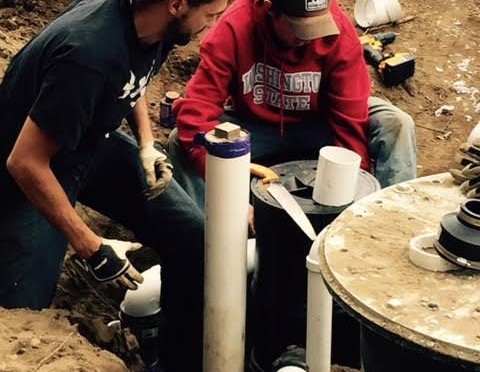
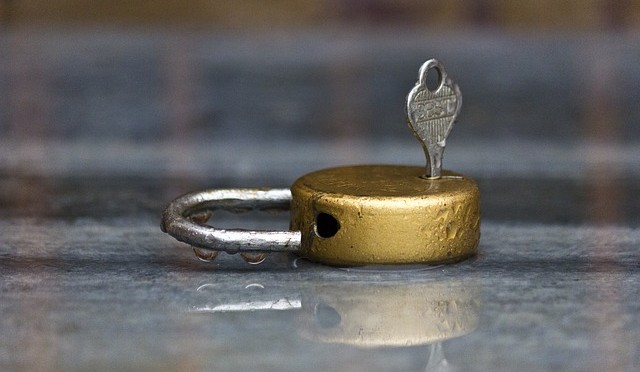
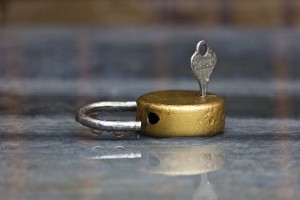 Released in 1970, artist
Released in 1970, artist 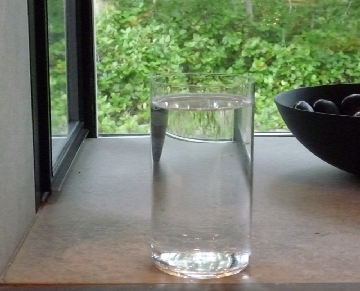
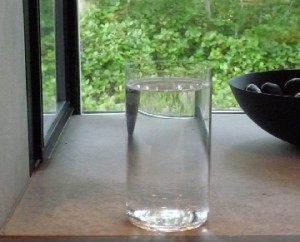 Although it is fairly clean at the outset, when it comes in contact with impure surfaces, rainwater may need some treatment before drinking. A rainwater collection system designed with filtration and disinfection will get the job done.
Although it is fairly clean at the outset, when it comes in contact with impure surfaces, rainwater may need some treatment before drinking. A rainwater collection system designed with filtration and disinfection will get the job done.